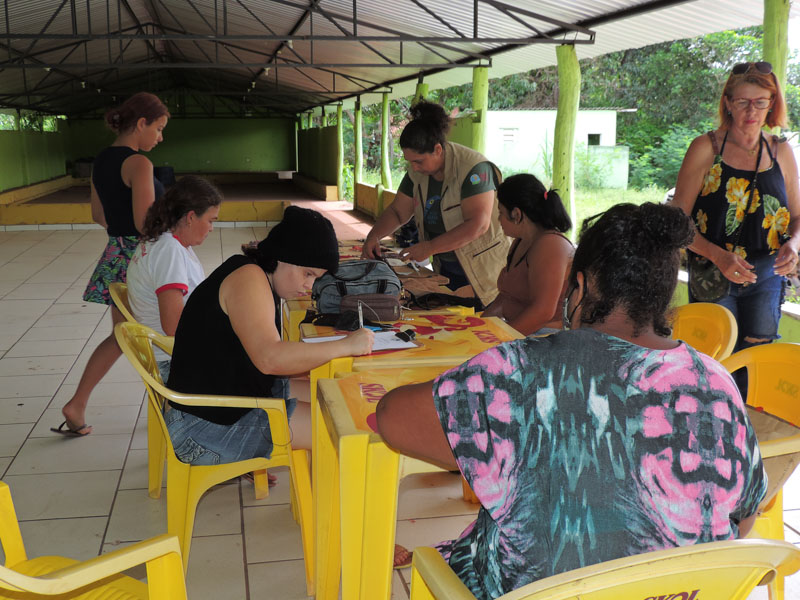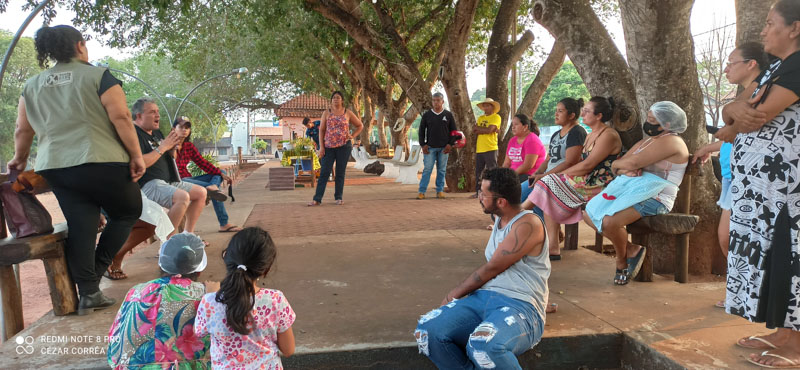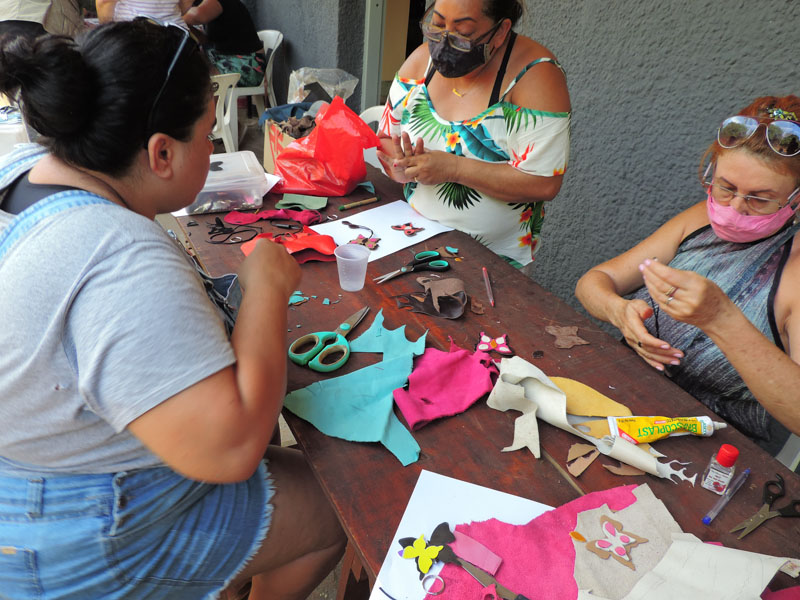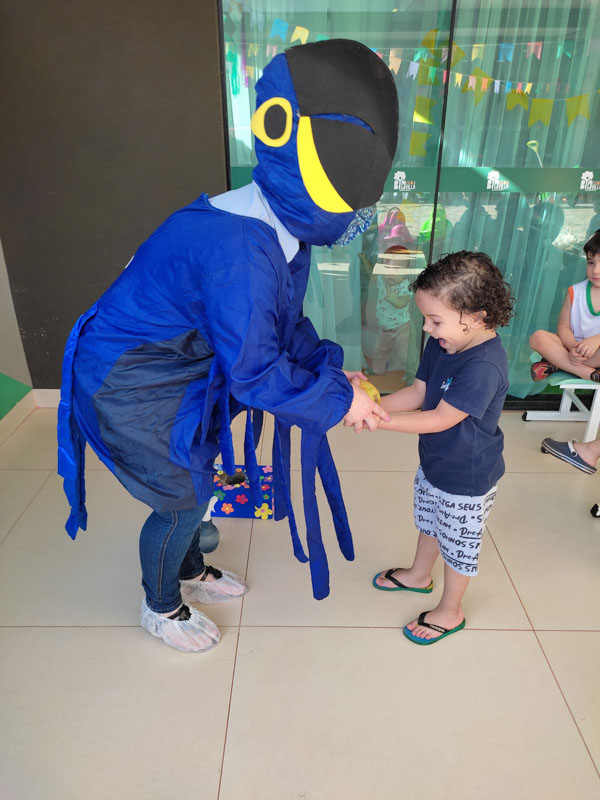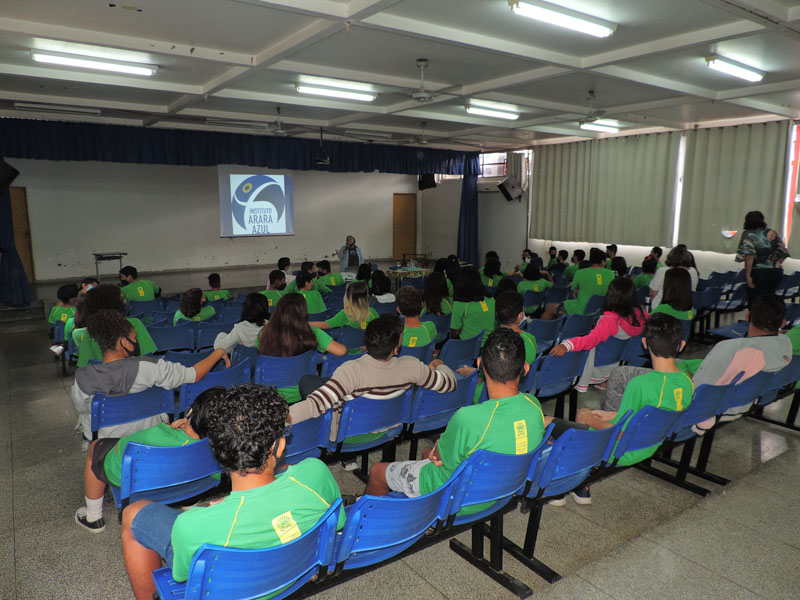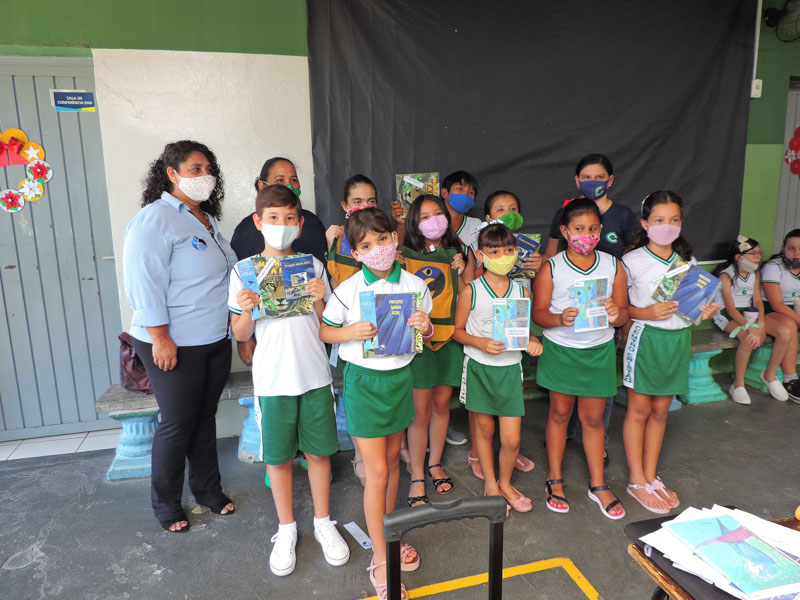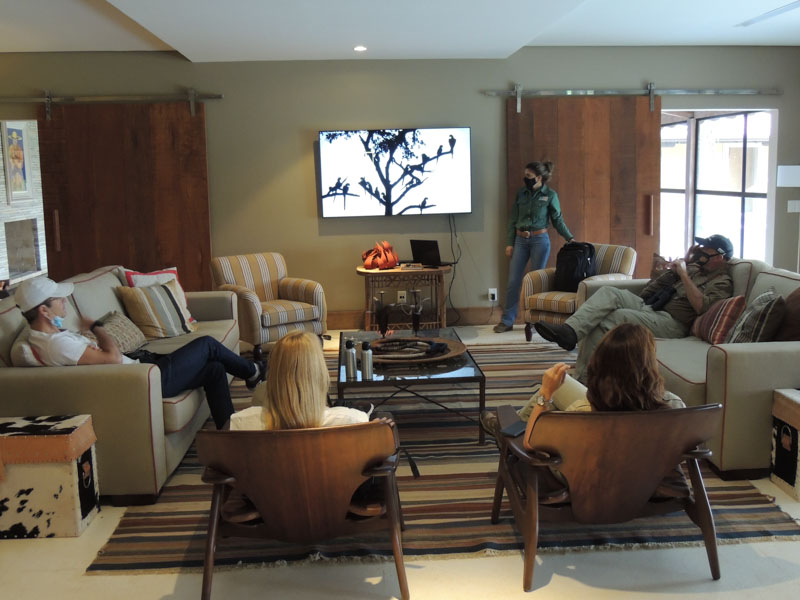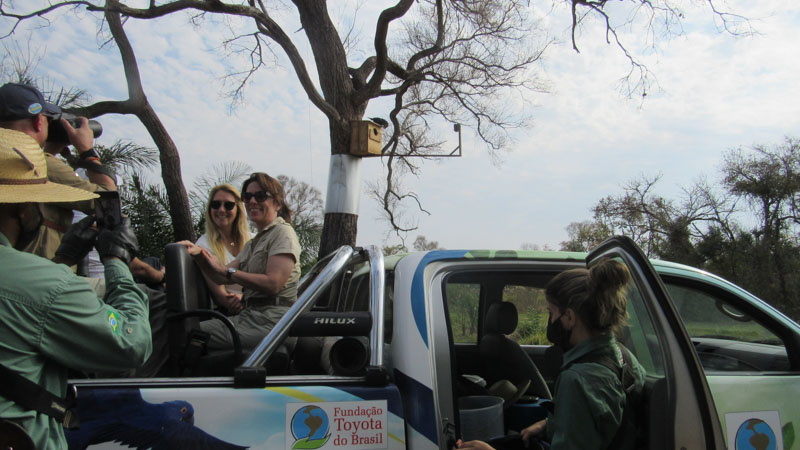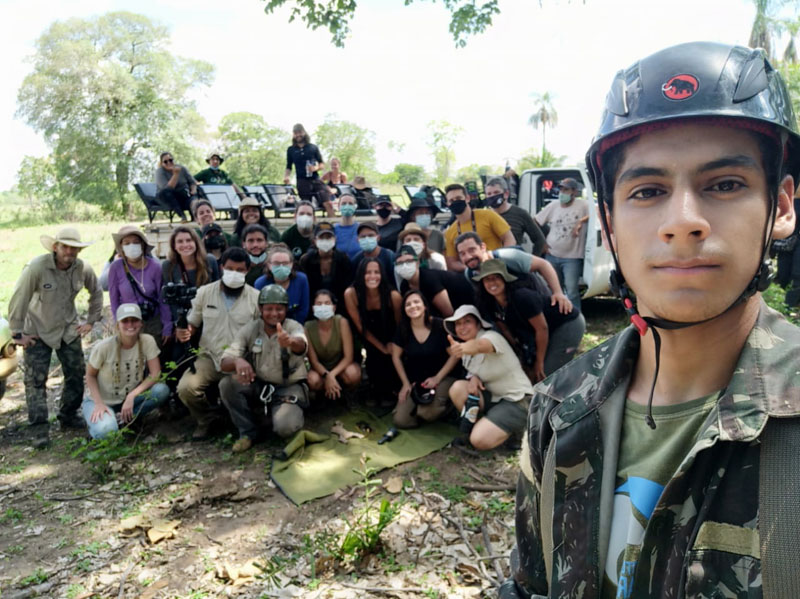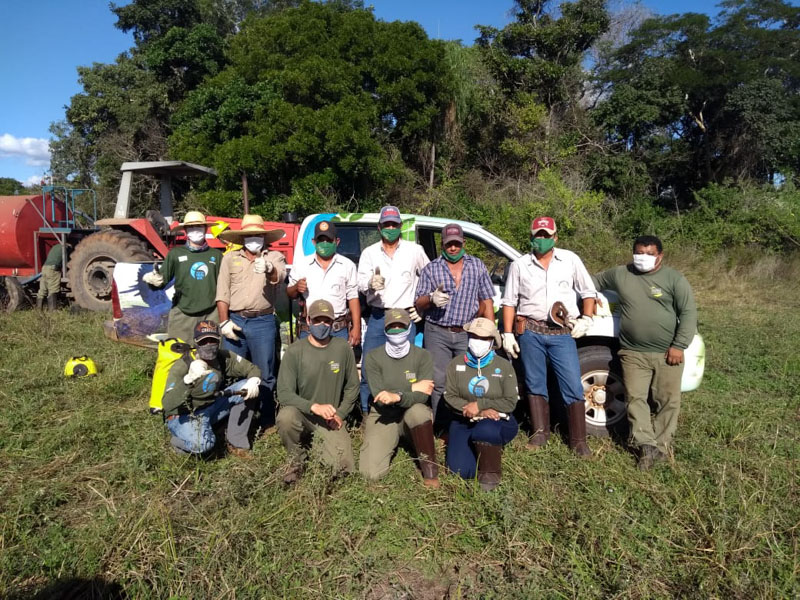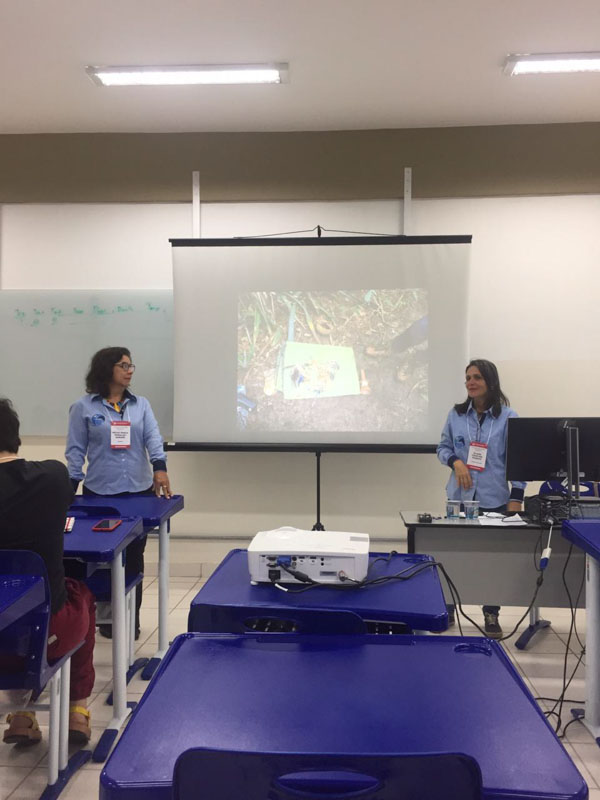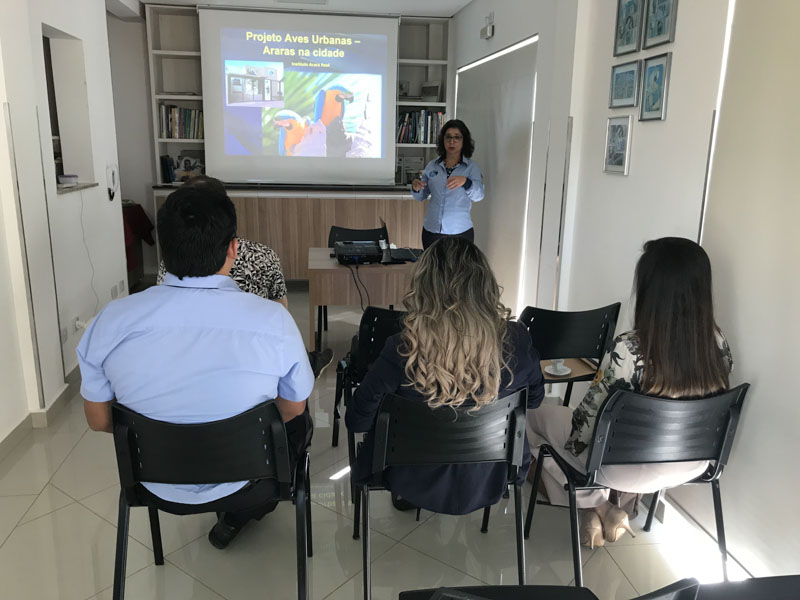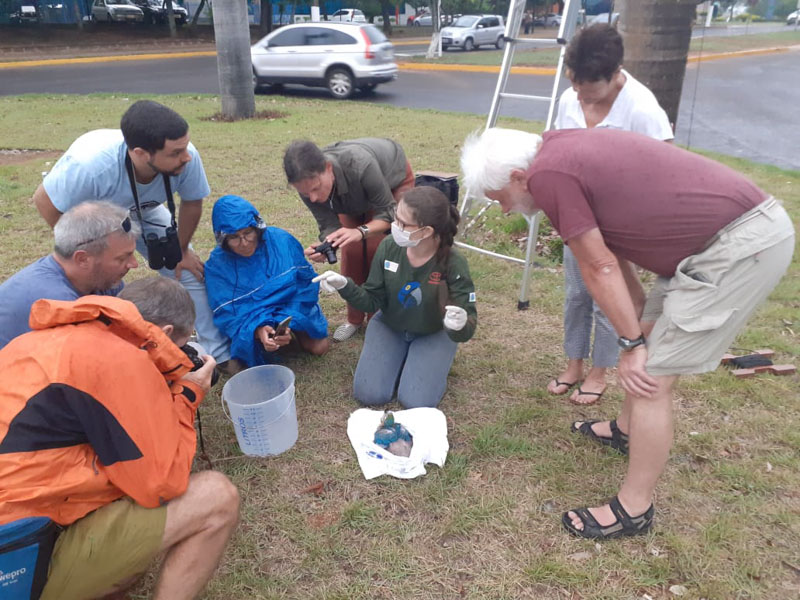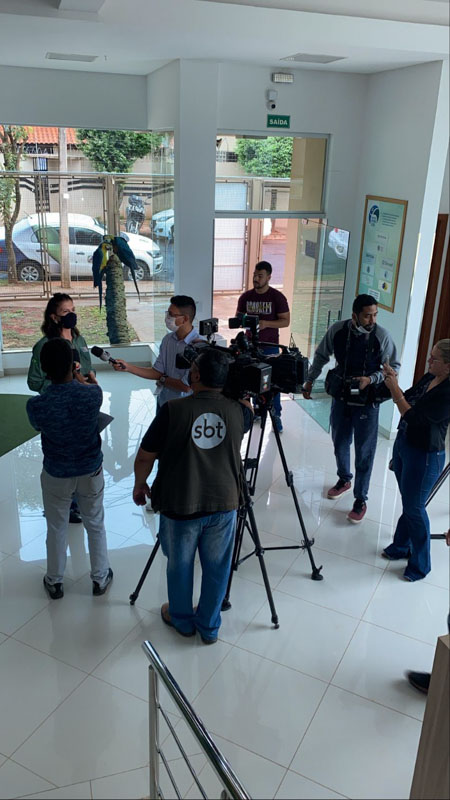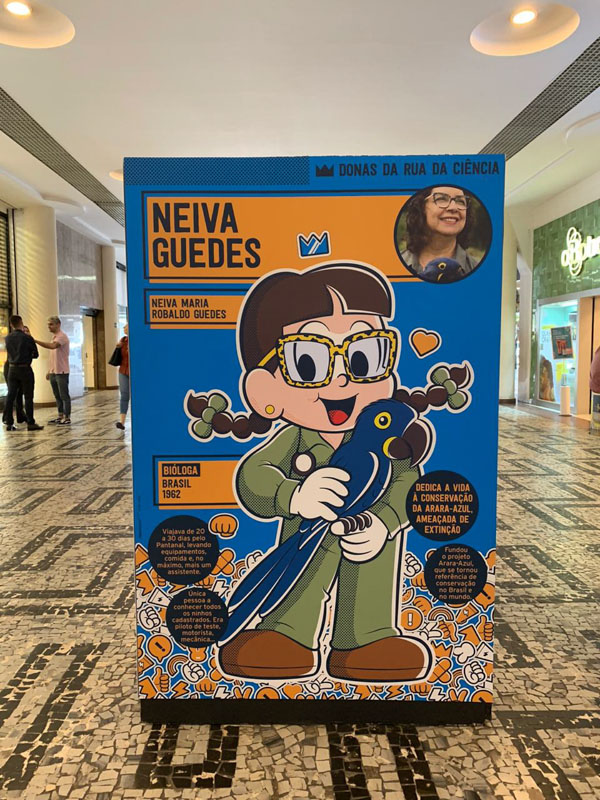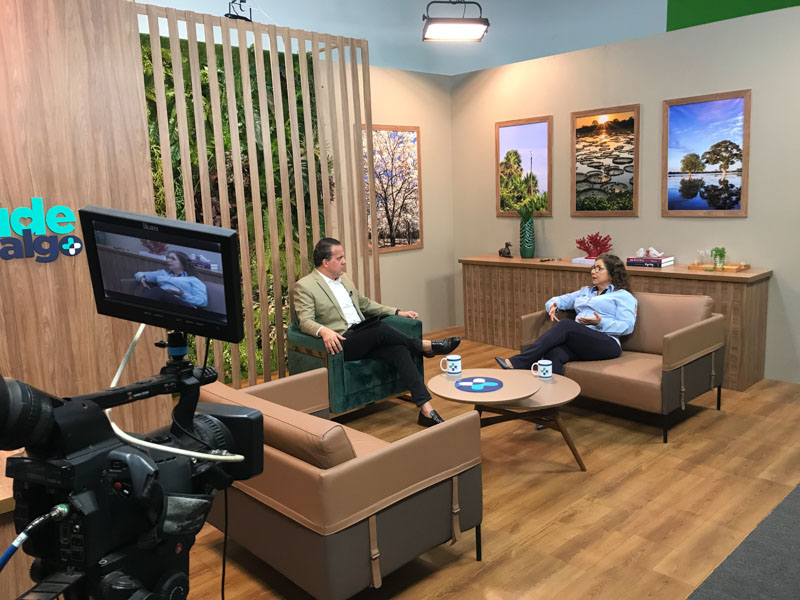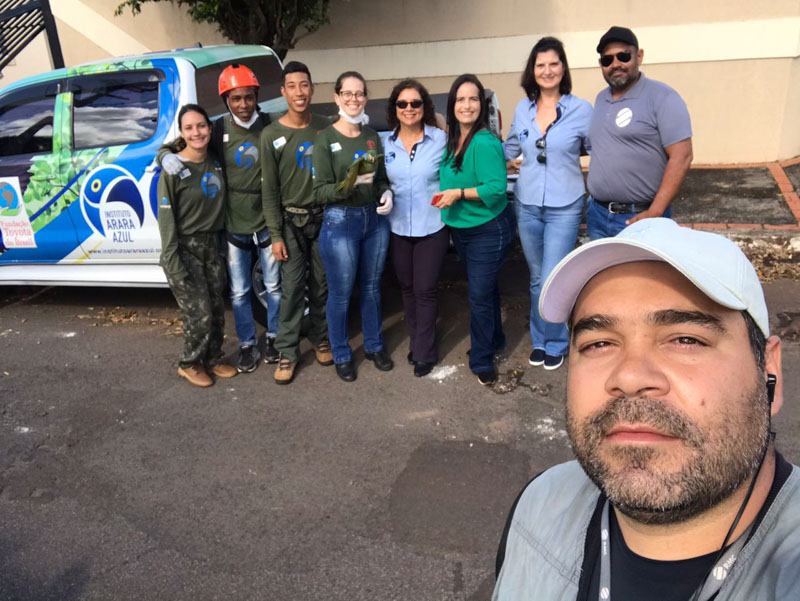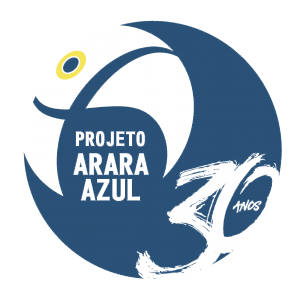Environmental education can be defined as a process that aims to develop a population that is aware and concerned about the environment and the problems associated with it; that has the knowledge, skills, attitudes, motivations and commitments to work individually and collectively in the search for solutions to existing problems and the prevention of new ones. It is an important tool, since its implementation is foreseen in the National Environmental Education Policy for all levels of education, not as a subject, but as a topic to be included in the different syllabus.
Since the beginning of its activities, the Hyacinth Macaw Project has carried out various activities to promote and involve the local population. Initially there was a survey of the Pantanal population; through questionnaires and different surveys, it was possible to discover that the best means of communication in the Pantanal, at the time, was the radio. Subsequently, educational messages were prepared and disseminated on the radio stations with the highest audience in the Pantanal, as well as the distribution of folders and posters. It is part of the fieldwork to talk to peons, farmers and local residents when visiting farms to monitor nests. Focusing on the hyacinth macaw, owners are instructed on deforestation, burning, conservation of endangered species, replanting and manduvi conservation, biodiversity and ecotourism. It is fundamental to involve and sensitize the rural population, through lectures for peons and farmers, on the properties where the work is carried out. As a result, the field team has expanded its activities with the help of this population, which, knowing some aspects of the macaws’ behavior, can help in the discovery of new active nests, which are registered by the technicians. In addition to this direct action, another indirect result is the significant reduction in the traffic of wild animals in the regions where the Project operates.

